This article provides a comprehensive guide for repairing and analyzing Bdm.ph.exe, a potentially problematic file in Windows operating systems.
What is bdm.ph.exe and What Does it Do?
Bdm.ph.exe is a Windows Executable File used with Renesas flash programmers. It is responsible for launching the programming GUI and communicating with the programmer to initiate firmware programming. If you’re experiencing issues with this EXE file, it may be due to a problem with the registry or directory. To resolve these issues, try running a registry scan or using a Download Manager software during the download and launch phase. Additionally, make sure your Windows version is compatible with the file version you’re using. By following these steps, you can repair any issues you may be experiencing and get back to your programming adventures with Bdm.ph.exe.
Is bdm.ph.exe Safe? What You Need to Know
Bdm.ph.exe is a safe executable file used by Renesas programming GUI. However, some cases have reported issues with the file version causing errors and problems during the programming process. If you encounter any problem with bdm.ph.exe, try registry scan and repair to fix the issue. To avoid problems, always make sure to download bdm.ph.exe from a trustworthy source like Renesas website or Download Manager software launch phase. When using bdm.ph.exe, refer to the manual – development tools and release note provided by Renesas to ensure smooth programming. With this repair and analysis guide, you can navigate the world of bdm.ph.exe with more confidence and possibilities.
Common Errors Associated with bdm.ph.exe
- Run a full system scan using a reliable anti-malware software such as Malwarebytes.
- If malware is detected, follow the software’s instructions to quarantine or remove the threat.
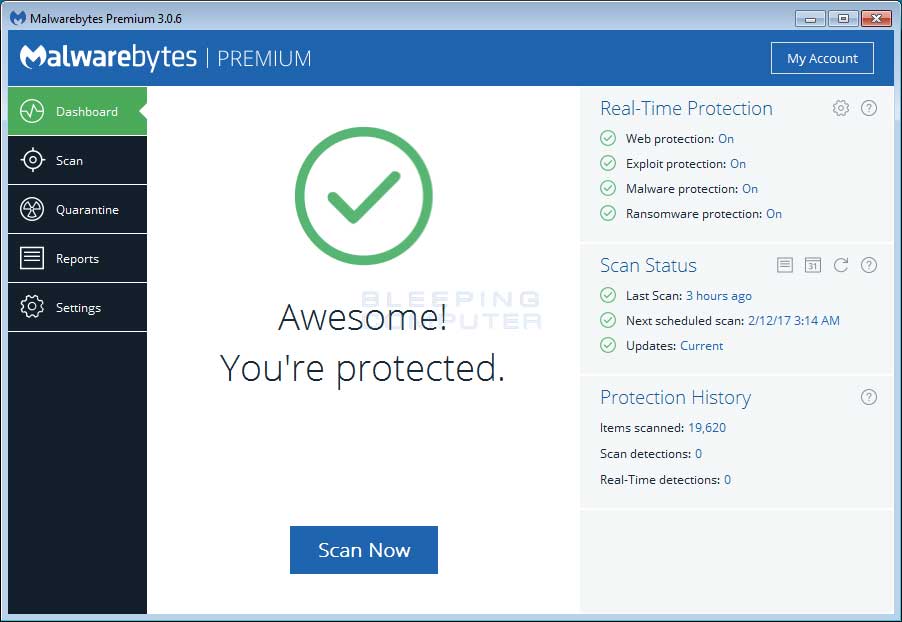
- Restart your computer and check if the bdm.ph.exe errors have been resolved.
Repair Method 2: Update or Reinstall the Program
- If the error is related to a specific program, check for updates and install them.
- If updates are not available, uninstall and reinstall the program.
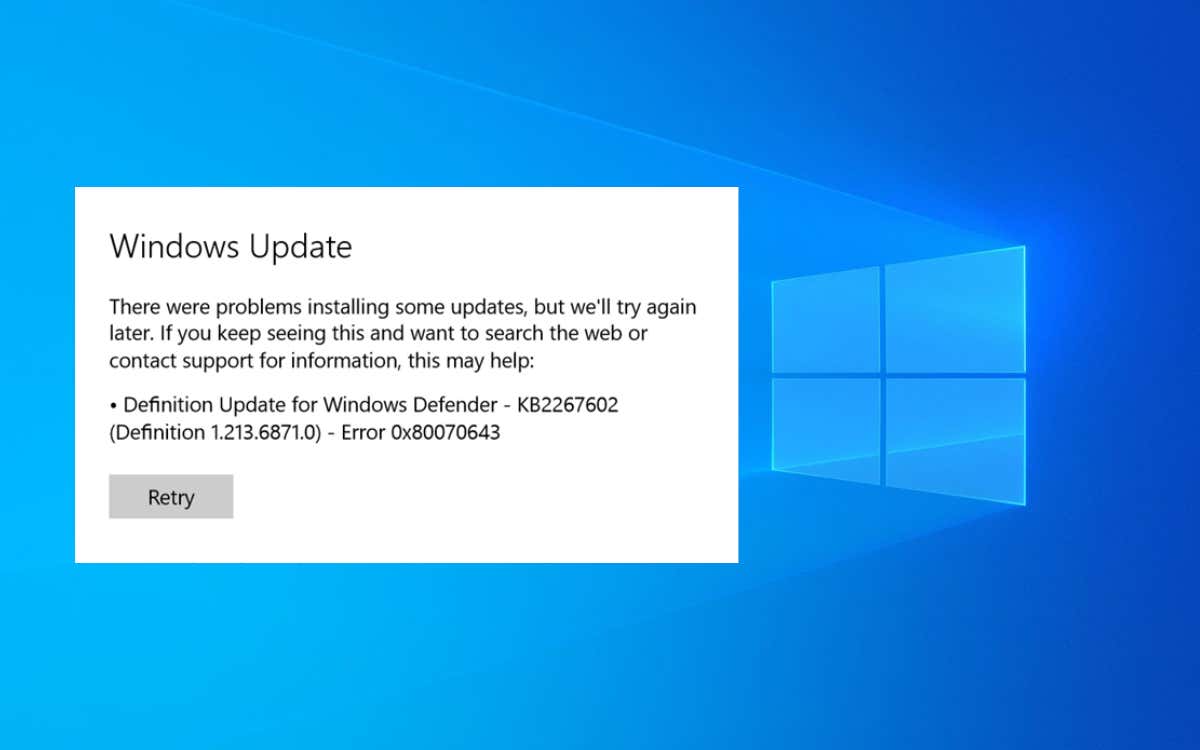
- Follow the program’s instructions for proper installation and configuration.
- Restart your computer and check if the bdm.ph.exe errors have been resolved.
Repair Method 3: Run System File Checker
- Open the Command Prompt as an administrator by typing “cmd” in the Windows search bar, right-clicking on “Command Prompt” and selecting “Run as administrator”.
- Type “sfc /scannow” and hit Enter.
- The System File Checker will scan and repair any corrupted or missing system files.
- Restart your computer and check if the bdm.ph.exe errors have been resolved.
Repair Method 4: Update Drivers
- Open the Device Manager by typing “devmgmt.msc” in the Windows search bar and hitting Enter.
- Expand the relevant category and right-click on the device that needs an update.
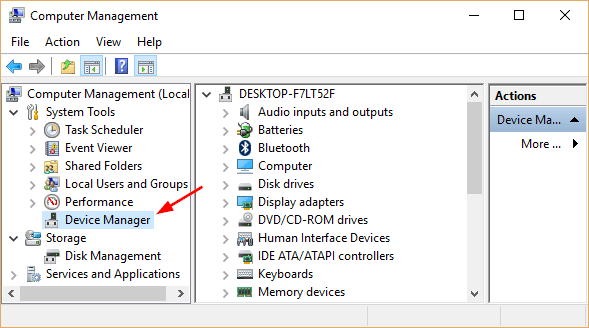
- Select “Update driver” and follow the instructions.
- Restart your computer and check if the bdm.ph.exe errors have been resolved.
Repair Method 5: Perform a System Restore
- Type “restore” in the Windows search bar and select “Create a restore point”.
- Click on “System Restore” and select a restore point from a date before the bdm.ph.exe errors started occurring.
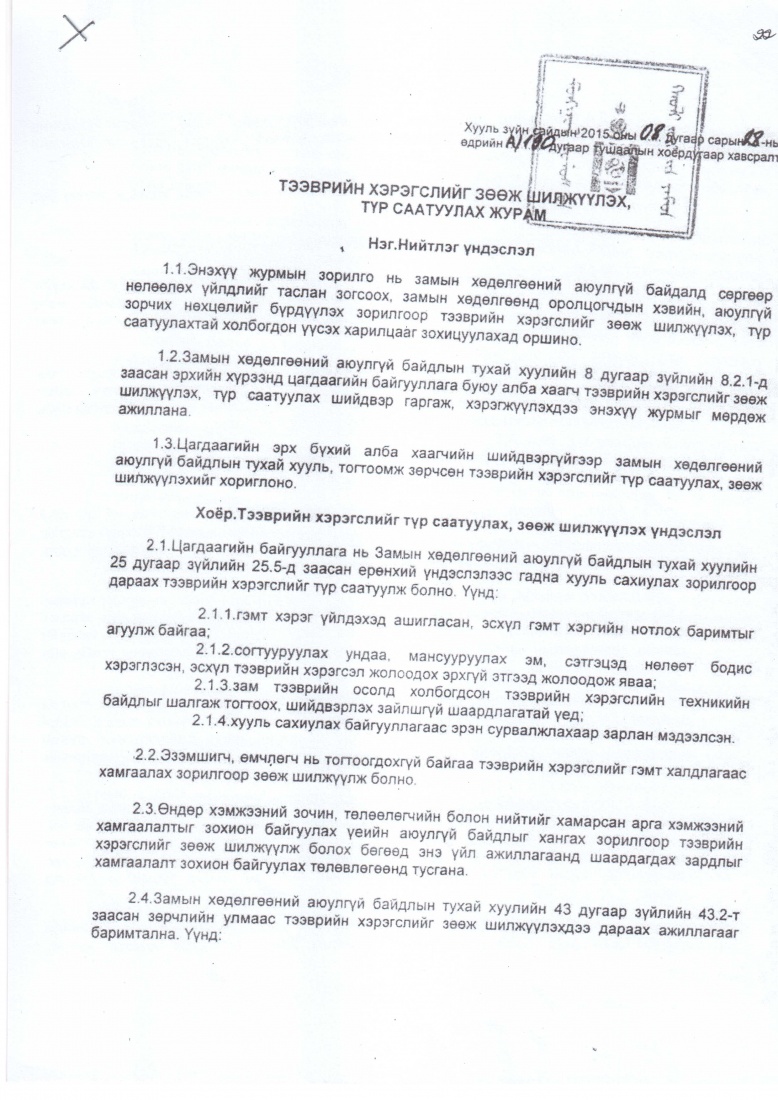
- Follow the instructions to complete the system restore process.
- Restart your computer and check if the bdm.ph.exe errors have been resolved.
How to Fix bdm.ph.exe Errors
- Run a malware scan
- Download and install a reputable anti-malware program
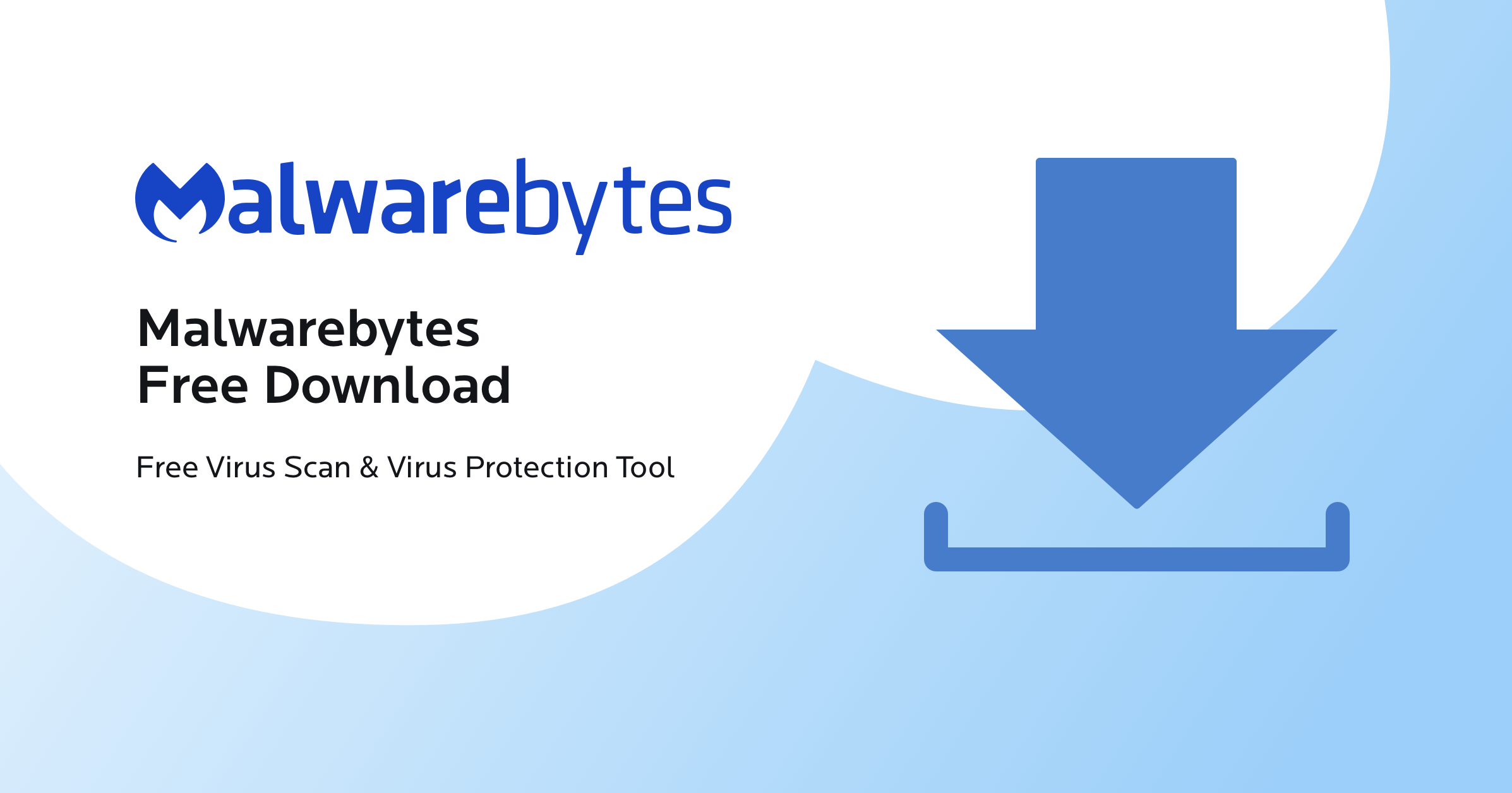
- Open the program and run a full system scan
- Remove any detected malware or viruses
- Clean out system junk files
- Open the Start menu and type “disk cleanup” in the search bar
- Select the drive you want to clean up and click “OK”
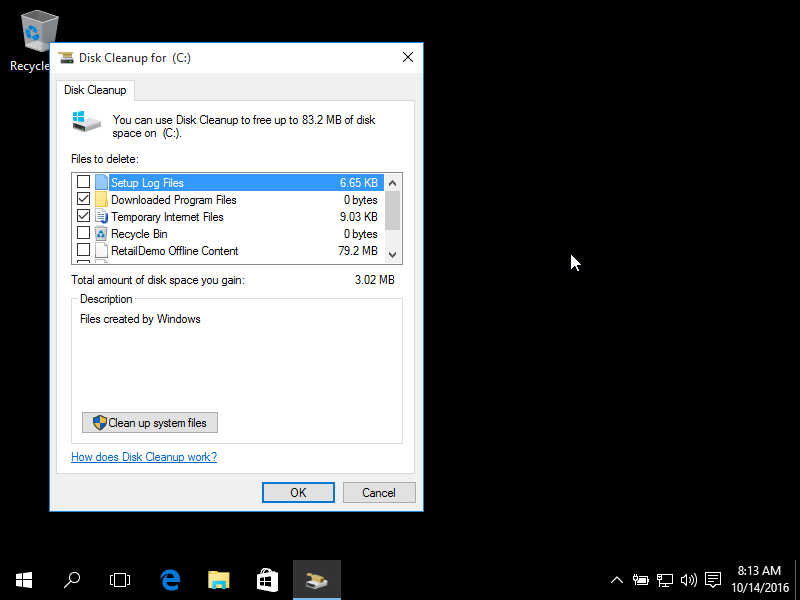
- Check the items you want to clean and click “OK”
- Update or reinstall the program related to bdm.ph.exe
- Go to the program’s website and check for updates
- If no updates are available, uninstall and reinstall the program

- Update your drivers
- Open the Start menu and type “device manager” in the search bar
- Expand the category of the device you want to update, right-click on it, and select “Update driver”
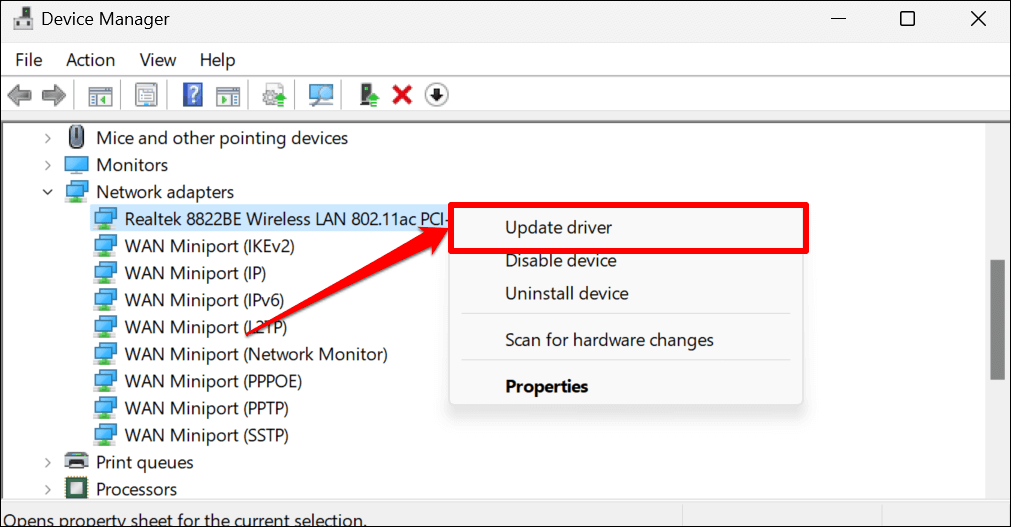
- Follow the instructions provided to complete the update
- Restore your system to a previous state
- Open the Start menu and type “system restore” in the search bar
- Select a restore point before the issue occurred and click “Next”
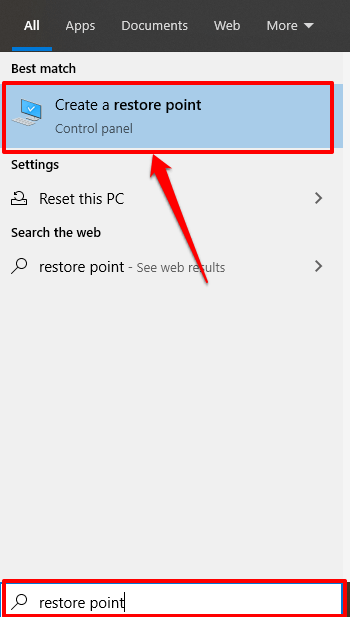
- Follow the instructions provided to complete the restore process
Reasons Why bdm.ph.exe May be Causing Issues
Reasons why bdm.ph.exe may be causing issues include compatibility issues with certain operating systems, conflicts with other software or programs running on the computer, errors within the executable file itself, and malware or viruses infecting the file. To repair and analyze bdm.ph.exe, it is recommended to first scan for viruses and malware using a trusted anti-virus program. If the issue persists, try updating or reinstalling any related software or drivers. Checking for compatibility with the operating system and ensuring that the file is in the correct directory are also important steps. Further troubleshooting may involve accessing the Release Notes or Manual-Development Tools for the program, or seeking help from technical support or online forums. It is important to address any issues with bdm.ph.exe promptly to avoid potential data loss or system crashes.
How to Remove bdm.ph.exe if Necessary
- Step 1: Identify the bdm.ph.exe file
- Open Task Manager by pressing Ctrl+Shift+Esc
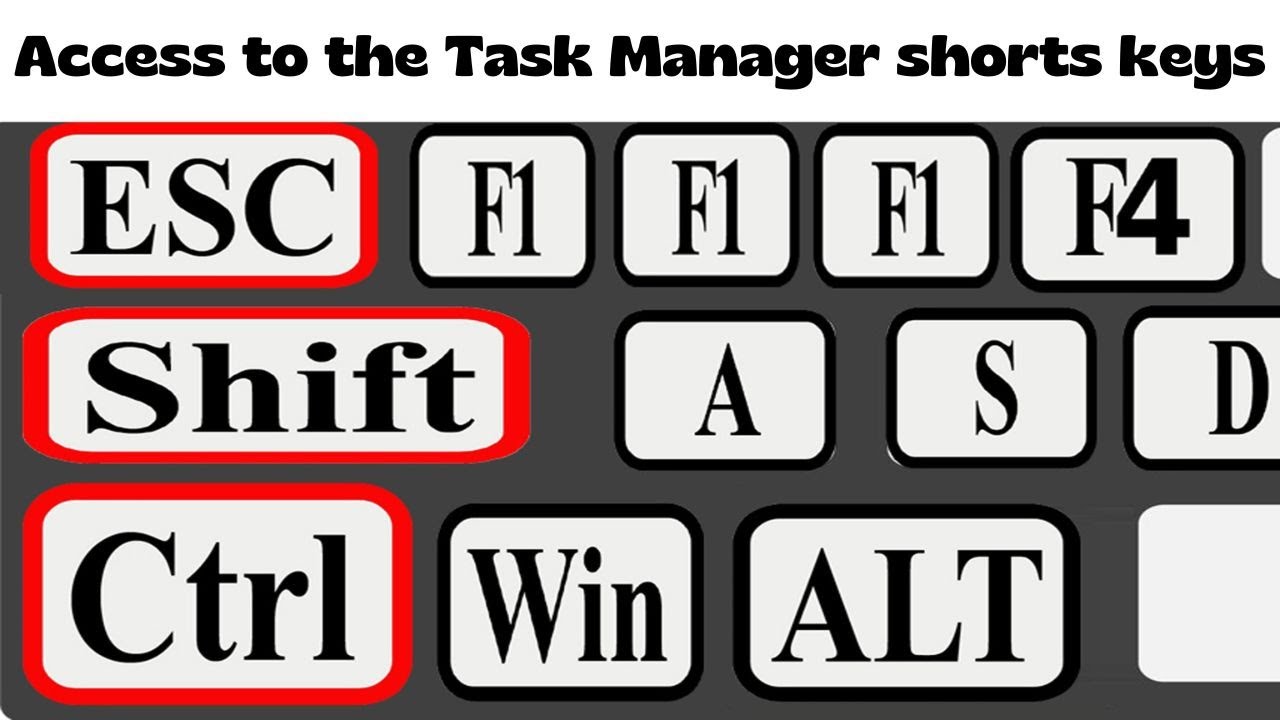
- Click on the Processes tab
- Locate the bdm.ph.exe file
- Step 2: Stop the bdm.ph.exe process
- Right-click on the bdm.ph.exe file
- Select End Process
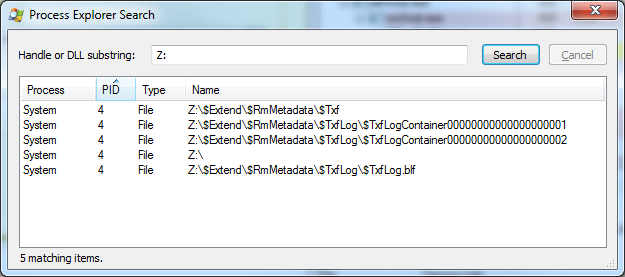
- Confirm by clicking on Yes
- Step 3: Delete the bdm.ph.exe file
- Open File Explorer
- Navigate to the location of the bdm.ph.exe file
- Right-click on the file
- Select Delete
- Confirm by clicking on Yes
Latest News on bdm.ph.exe and Related Malware
The latest news on bdm.ph.exe and related malware is essential for those looking to repair and analyze their systems. If you’re experiencing errors with your Windows executable file, it’s important to take action. First, download a reliable download manager software to ensure a safe and efficient launch phase. Then, use a PDF manual or release notes to guide your repairs. Be cautious of executable files from unknown sources, and stay up-to-date on the latest news to avoid falling victim to malware. Don’t underestimate the power of a reliable database and development tools to help you along your journey. With the right tools and resources, you can battle any error or issue that may arise. Stay informed and stay safe.
Infection Chain and Techniques Used by bdm.ph.exe
| Step | Description | Techniques Used by bdm.ph.exe |
|---|---|---|
| Step 1 | Initial infection | Phishing emails, malicious downloads, exploit kits |
| Step 2 | Installation and persistence | Rootkit installation, registry modification, file encryption |
| Step 3 | Communication with command-and-control server | Domain generation algorithms, HTTP requests, DNS queries |
| Step 4 | Data collection and exfiltration | Keystroke logging, screenshot capture, network sniffing |
| Step 5 | Malware propagation | Self-replication, email spamming, USB infection |
Impact of bdm.ph.exe on Targeted Industries
The bdm.ph.exe file has impacted several targeted industries, including software development, engineering, and manufacturing. Issues with this file can cause significant disruptions in these industries, leading to lost time, resources, and revenue.
To repair and analyze the bdm.ph.exe file, it’s important to identify the root cause of the problem. This can involve examining the file’s code, checking for conflicts with other programs, and running diagnostic tests.
In some cases, it may be necessary to use a flash programmer or other development tools to reprogram the file. Release notes and PDF manuals can also be helpful resources.
If you’re struggling with issues related to bdm.ph.exe, it’s important to reach out to experts in the field. This might include a Ranger or Warrior with experience in file analysis and repair, or a Download Manager software launch phase expert.
With the right tools and expertise, it’s possible to overcome problems related to bdm.ph.exe and unlock the full wealth of possibilities in the digital world.
Ways to Protect Yourself from bdm.ph.exe and Similar Malware
- Use reputable antivirus software: Ensure that you have a reliable antivirus program installed on your computer that can detect and remove bdm.ph.exe and other malware.
- Keep your software up-to-date: Regularly update your operating system, antivirus software, and other programs to fix vulnerabilities that could be exploited by malware.

- Be cautious of suspicious emails: Avoid opening emails or clicking on links from unknown or suspicious senders, especially if they contain attachments or ask for personal information.
- Don’t download software from untrusted sources: Only download software from reputable sources, and avoid downloading pirated or cracked software.
- Use strong passwords: Create strong and unique passwords for all your accounts, and avoid using the same password for multiple accounts.
- Enable two-factor authentication: Enable two-factor authentication on your accounts wherever possible to add an extra layer of security.
- Be cautious of public Wi-Fi: Avoid using public Wi-Fi networks for sensitive activities like banking or shopping, as they can be easily compromised.
- Regularly backup your data: Regularly backup your important data to an external hard drive or cloud storage to ensure that you can recover it in case of a malware attack.
Audit, Configure, Monitor, and Patch: How to Keep Your System Safe
Keeping your system safe requires a combination of actions: audit your system to identify potential vulnerabilities, configure your security settings to prevent attacks, monitor your system for suspicious activity, and patch any known vulnerabilities.
Regularly audit your system using a trusted security tool to identify potential security gaps. Configure your settings to ensure that your system is protected, such as enabling firewalls and disabling unnecessary services.
Monitor your system for unusual activity, such as unexpected network traffic or unauthorized access attempts. Use a reliable patching tool to keep your software up to date and address any known vulnerabilities.
By following these steps, you can help safeguard your system from security threats and potential attacks.
Indicators of Compromise (IOCs) to Look Out for Regarding bdm.ph.exe
| Indicator of Compromise (IOC) | Description |
|---|---|
| File Size | The legitimate bdm.ph.exe file size is 2.9 MB. Any deviation from this size could indicate a malicious file. |
| File Location | The legitimate bdm.ph.exe file is located in the C:WindowsSystem32 folder. If the file is found in a different location, it could be a sign of malware. |
| Process Details | Check the process details of bdm.ph.exe in the Task Manager. If it is consuming a large amount of CPU or memory, it could be a sign of malware. |
| Network Connections | Check the network connections established by bdm.ph.exe using netstat command. If it is connecting to suspicious IP addresses or domains, it could be a sign of malware. |
| Antivirus Alerts | If your antivirus software is flagging bdm.ph.exe as a threat, it is likely a sign of malware. |
